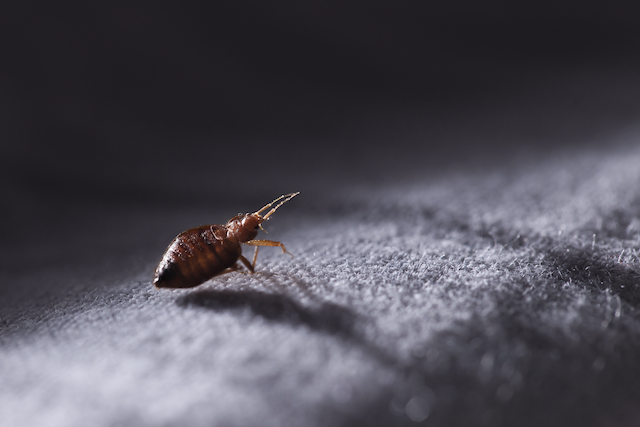Getting rid of bed bugs can be a long-term problem that needs to be dealt with by knowing the science behind the different treatments. Each method has its own scientific reason for being used, whether it’s the focused use of chemicals or the strategic use of heat.
**1. Treatment with heat:
The Science: Bed bugs are very sensitive to changes in temperature. During heat treatment, the temperature of the area is raised to a level that kills bed bugs but is safe for people and pets.
How It Works: Bed bugs of all stages of life can be killed by being exposed to temperatures above 120°F (49°C) for a long time. Because the heat gets into cracks and crevices where bed bugs hide, they are completely killed.
2. Treatments with chemicals:
The Science: Chemical treatments depend on using insecticides, which can be man-made chemicals or natural solutions that are better for the earth. The idea is to mess with the bed bug’s nerve system or stop it from growing and reproducing.
How It Works: Insecticides kill bugs by touching them or eating them. They usually go after the bed bug’s nervous system, stopping nerve signals from getting through and killing or paralyzing the bug. Some chemicals also have affects that last for a long time, protecting you for a long time.
3. Treatment with steam:
High-temperature steam is used in steam treatment to kill bed bugs and their eggs. The high heat successfully dehydrates and kills bed bugs, so it doesn’t require any chemicals.
How It Works: The hot steam is directed at places where bed bugs are hiding, getting into fabrics and cracks. The heat kills bed bugs, and there isn’t enough moisture in the air to make a good environment for mould to grow.
4. Treatment for colds:
In the same way that bed bugs are sensitive to high temperatures, they are also subject to very cold temperatures. Using cold treatment means putting things or places that are infested in temperatures below freezing.
How It Works: Bed bugs, especially those in different stages of their lives, can’t survive being outside in the cold for a long time. This method is often used for things that are easy to move to a place that will freeze.
5. Natural Pest Control:
The Science: Biological controls are ways to get rid of bed bugs by using natural enemies or chemicals. Adding predators, pathogens, or substances that change the bed bug’s normal behaviour is one way to do this.
It works by bringing in insects or mushrooms that eat bed bugs and kill them. These living things attack and kill bed bugs, which is better for the environment and will last longer.
6. Drying agents:
The science behind it: Desiccants are things that take in water from the air. For getting rid of bed bugs, they are usually used in powder form.
How It Works: Desiccants stick to the bed bug’s skin and soak up the protective waxy layer, drying the bug out. This works to get rid of bed bugs and is thought to be a mechanical way rather than a chemical one.
It’s important for both homeowners and pest control experts to understand the science behind these bed bug treatments. Which method to use relies on things like the size of the infestation, the type of home, and environmental concerns. A more informed and successful way to get rid of bed bugs is to fully understand the science behind these treatments.
